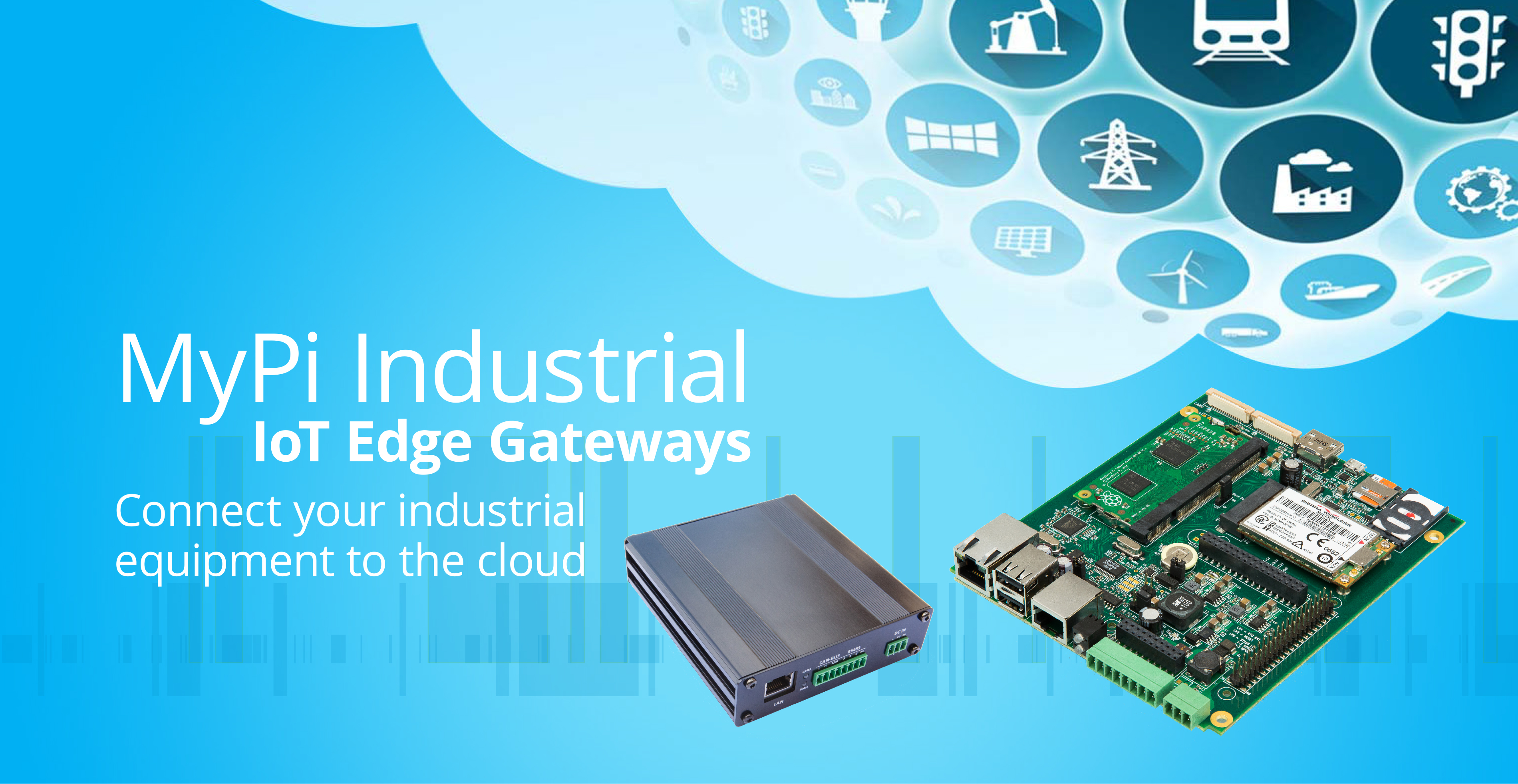SSH On Raspberry Pi: Download & Setup Without Windows!
Isn't it time you untangled the web of remote access to your Raspberry Pi? Setting up Secure Shell (SSH) on your Raspberry Pi without the shackles of a Windows machine is not only achievable but surprisingly straightforward.
The initial perception of configuring SSH on a Raspberry Pi can be a little daunting. However, the reality is far more accessible than you might initially believe. This article serves as your guide, offering a simplified pathway to leveraging a remote IoT platform to download and configure SSH for your Raspberry Pi, entirely independent of a Windows operating system. The goal is to demystify the process and empower you to manage your devices with greater ease and efficiency.
This guide offers a comprehensive approach to remote management, making the setup, optimization, and troubleshooting of remote IoT platform SSH downloads on Raspberry Pi a manageable task. The emphasis is on offering a solution that bypasses the need for Windows dependencies, providing a direct route to controlling your projects from virtually anywhere. Through the remote IoT platform, you can download SSH for your Raspberry Pi with ease, ensuring seamless remote access and management of your IoT projects.
Let's delve into the core of this empowering technology. The keyword: "remote iot platform ssh download raspberry pi without windows," encapsulates the essential theme of this guide. As the Internet of Things (IoT) continues to reshape industries, the ability to remotely manage IoT platforms is more crucial than ever. This underscores the significance of understanding and utilizing SSH on Raspberry Pi without the need for Windows, giving you unparalleled control over your connected devices.
How to leverage Remote IoT Platform SSH for Your Raspberry Pi: A Step-by-Step Guide
To effectively manage your Raspberry Pi remotely, several methods are available, particularly when aiming to avoid Windows. A key approach involves utilizing a remote IoT platform coupled with SSH. This combination offers a robust solution for secure remote access, allowing you to control and manage your devices with flexibility and efficiency. Let's dissect the steps to achieve this:
1. Choosing Your Operating System:
The first step involves selecting an operating system for your Raspberry Pi. Popular choices include Raspbian, Ubuntu, and Fedora. Raspbian, being specifically designed for the Raspberry Pi, often serves as the preferred option due to its optimized performance and extensive community support. However, the choice ultimately depends on your specific project requirements and preferences.
2. Enabling SSH on Raspberry Pi:
The core of remote access lies in enabling SSH. This involves accessing your Raspberry Pi. The specific method depends on your initial setup. If you have a monitor, keyboard, and mouse connected, you can directly interact with the Raspberry Pi's interface. Alternatively, if you've set up the Raspberry Pi without a monitor, or are unable to directly connect to the device, you can set up ssh over wifi. The following steps will allow you to do this:
3. Accessing Raspberry Pi:
There are various ways to access your Raspberry Pi. These methods provide multiple entry points, allowing you to engage with your Raspberry Pi irrespective of whether you have a physical connection such as a monitor, keyboard, and mouse.
4. Installation and Configuration:
After accessing your Raspberry Pi, the subsequent step is the installation and configuration. To get started, ensure you have the necessary permissions and access rights.
5. Configure the platform:
With ssh enabled, you can now configure the platform from where you want to manage your device remotely. There are several platforms available, choose according to the requirements.
RemoteIoT Platform: Simplified SSH Access
One of the significant benefits of utilizing a remote IoT platform is its ability to simplify the download process for Raspberry Pi. It is designed to download, configure and connect the device with a few simple steps. This capability not only streamlines the setup but also enhances the security of your network by reducing the reliance on standard SSH methods.
Alternative Methods for SSH Configuration:
In scenarios where a Windows environment is not available, alternative setup methods are vital. The RemoteIoT platform is a powerful solution to this situation. This flexibility is invaluable for developers and tech enthusiasts who need flexibility in managing their IoT projects.
Essential Commands for File Transfer:
For transferring files between your computer and the Raspberry Pi, SSH provides a simple yet powerful mechanism. By leveraging commands, you can efficiently manage your files, eliminating the need for manual data transfers.
To copy a file from your computer to the Raspberry Pi, use the `scp` command, replacing the placeholders with your Raspberry Pi's details:
`scp myfile.txt username@your_raspberry_pi_ip:/home/username/`
This command copies `myfile.txt` from your computer to the user's home folder on your Raspberry Pi.
Leveraging the Remote IoT Platform:
Setting up a remote IoT platform with SSH on a Raspberry Pi is a powerful method for remote device management. The combination of these technologies provides the flexibility needed to manage your IoT projects from any location.
Troubleshooting Common Issues:
During the setup, you may encounter issues. The troubleshooting steps include:
Conclusion: Your Gateway to Effortless IoT Management
RemoteIoT platform SSH is a valuable tool for remote access to your Raspberry Pi. By learning how to leverage this technology, you empower yourself to control your projects from anywhere in the world without the complexities of Windows-dependent solutions.



Detail Author:
- Name : Vallie Padberg Jr.
- Email : stracke.damian@gmail.com
- Birthdate : 2003-12-07
- Address : 8340 Tre Spring Apt. 324 Gerholdside, WY 62547
- Phone : 386.681.2411
- Company : Waelchi, Kilback and Wuckert
- Job : State
- Bio : Adipisci ut blanditiis exercitationem suscipit adipisci quod. Error porro ducimus voluptates esse et ut. Perspiciatis alias magnam dolorem saepe. Omnis veniam fuga sunt id autem a.